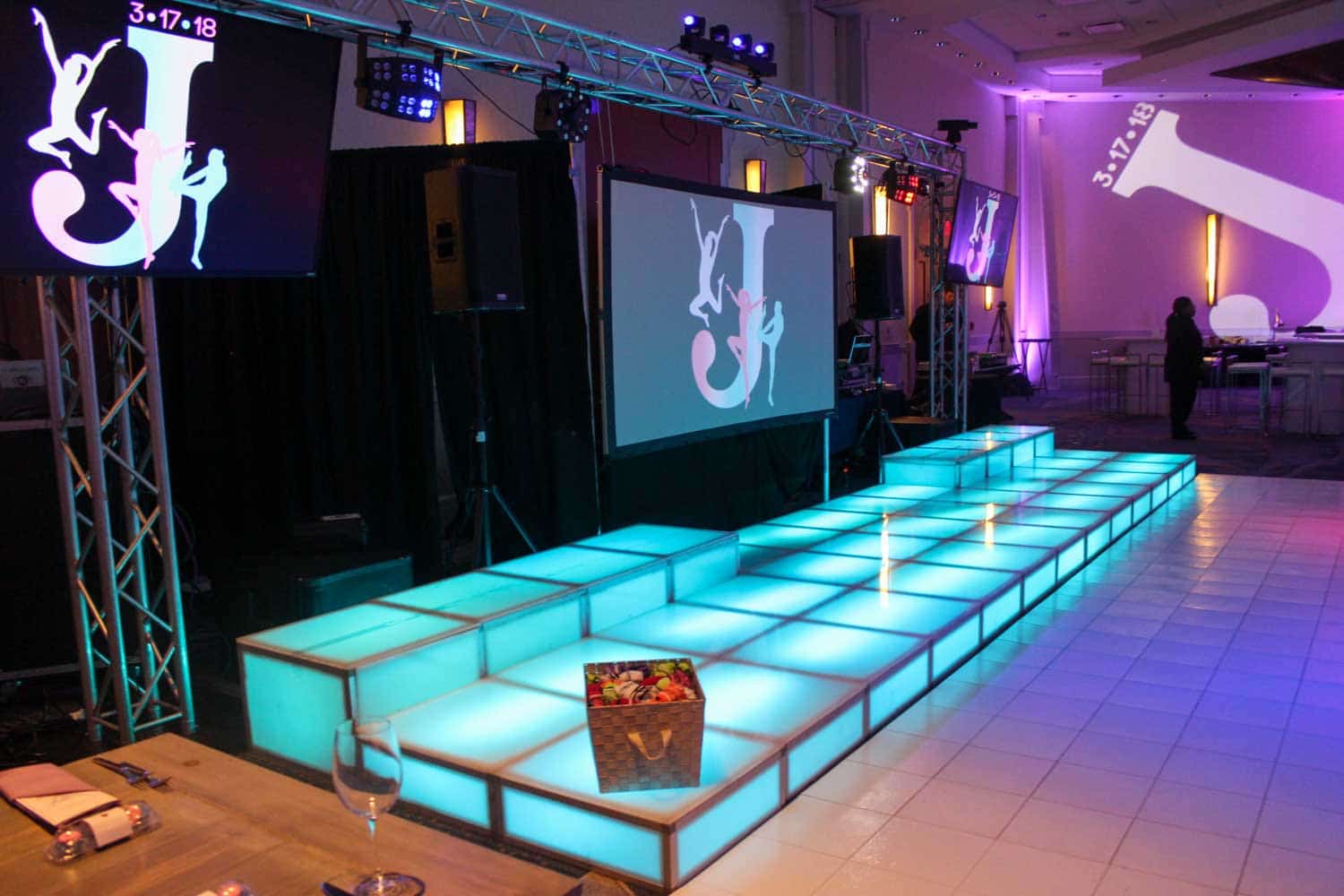Investigating the Essential Factors That Affect Brightness in Light Emitting Diode Display Screens
Investigating the Essential Factors That Affect Brightness in Light Emitting Diode Display Screens
Blog Article
LED panel panels are increasingly popular for both promotion and leisure due to their bright and vivid displays. Understanding the factors that affect the luminosity of these screens is crucial for manufacturers and consumers alike. Luminosity is typically gauged in nits, which indicates how much light is emitted from the surface of the panel. Numerous key elements affect to the overall luminosity, including the kind of LED used, the quality of the screen materials, and the energy supplied to the panel.
The type of Light Emitting Diode component used in a panel panel plays a significant role in its luminosity. Different Light Emitting Diodes produce varying levels of light output, which measure the amount of illumination visible to the human eye. Premium chips, such as those made using sophisticated technology, can produce brighter illumination with greater effectiveness. Furthermore, the color tone of the LED also affects apparent brightness. For instance, colder color tones (higher Kelvin values) can seem brighter than hotter ones, even at the same lumen level. This characteristic is vital for applications where clarity is important, such as in external advertising.
The substances used in the construction of Light Emitting Diode wall screens also influence their brightness. The type of substrate and coating materials can affect how much illumination is conducted versus how much is absorbed or dispersed. For the original source example, a screen made with high-quality clear glass will permit more light to flow through than one made with lower-grade materials. Additionally, the configuration of the panel, including its depth and the arrangement of the Light Emitting Diodes, can enhance or reduce brightness by influencing how light is distributed across the panel.
The energy supply provided to the Light Emitting Diode panel panels is another key factor in establishing brightness. Each LED chip has a particular voltage and current requirement for ideal performance. If the energy supply falls short, the luminosity of the panel will diminish. Conversely, supplying too much power can lead to excessive heat and decreased lifespan of the Light Emitting Diodes. Therefore, maintaining a consistent and sufficient energy source is crucial for achieving uniform brightness levels. This is especially important in changing screens, where brightness may need to be modified for different illumination conditions.
Finally, environmental factors site link can affect how brightness is viewed. Surrounding light conditions play a major role in how luminous an Light Emitting Diode wall panel looks. In bright sunlight, for example, a screen with a lower luminosity rating may have difficulty to be seen clearly, while a more luminous panel can be prominent more efficiently. Additionally, the angle from which the screen is viewed can influence brightness perception due to how illumination bounces off surfaces. Comprehending these factors helps buyers choose the right Light Emitting Diode wall screen for their needs and guarantees that manufacturers create products that satisfy brightness expectations for different applications.